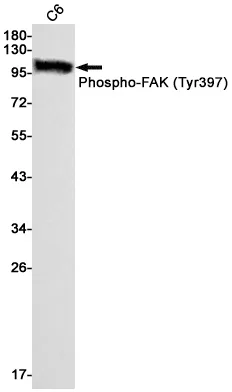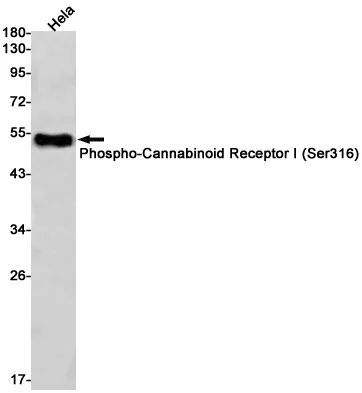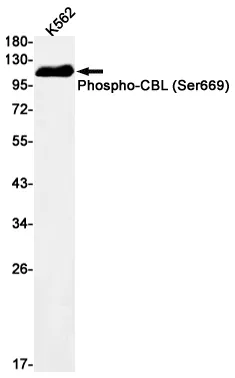Summary
Performance
Immunogen
Application
Background
Cell localization:Nucleus. Cytoplasm. Note=Present at double strand breaks (DSBs)following ionizing radiation treatment. The ubiquitinated form localizes in the nucleus in a NDFIP1-dependent manner...The protein encoded by this ubiquitously expressed gene interacts with the tumor suppressing BRCA1 (breast cancer 1) protein and and the ATM (ataxia telangiectasia mutated) protein. ATM is thought to be a master controller of cell cycle checkpoint signalling pathways that are required for cellular responses to DNA damage such as double-strand breaks that are induced by ionizing radiation and complexes with BRCA1 in the multi-protein complex BASC (BRAC1-associated genome surveillance complex). The protein encoded by this gene is thought to play a role in the DNA damage pathway regulated by BRCA1 and ATM. [provided by RefSeq, Mar 2012]
Research Area




